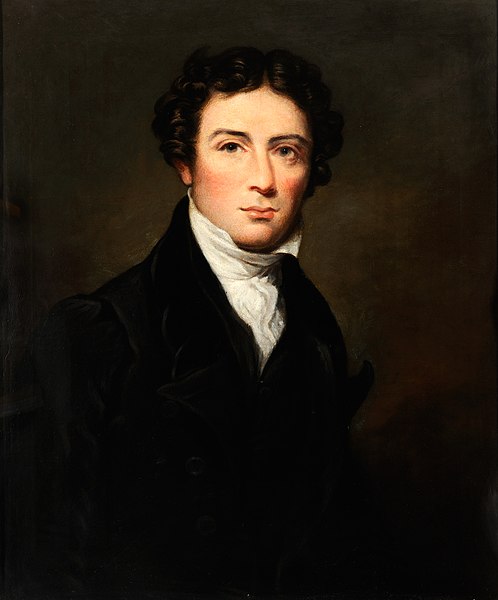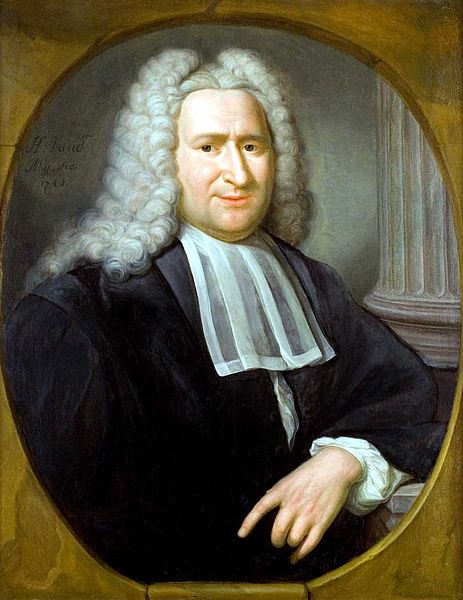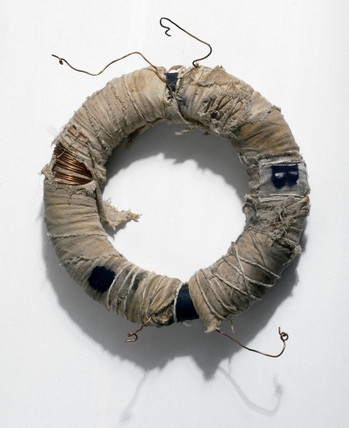Inductors and Capacitors are among the essential components for modern-day electronics. Both these devices utilize the fundamental laws of Electromagnetism. They both store energy within themselves, either in the form of electric or magnetic energy. In this article, we are going to look at difference between Inductor and Capacitor, i.e, Inductor vs Capacitor.
Index
Definitions
Let’s start our discussion by looking at the definitions of inductor vs capacitor.
Definition of Inductor
An inductor is a passive electronic device which stores electrical energy in a magnetic field. It is usually a coil wound around a piece of soft iron. Passive because it doesn’t need any other power supply other than the signal inputs.
Definition of Capacitor
A Capacitor is a passive electronic device which stores electrical energy in an electric field. It could be constructed into a variety of different configurations. It is built by separating two conducting plates with a dielectric material.
History
Now, since we know what inductor and capacitor are. Let’s look at the histories of invention of inductor vs capacitor.
History of Inductor
The credit for inventing the inductor goes to the English scientist Sir Michael Faraday. His pioneering work in the field of electromagnetism led to the invention of the inductor. He used an insulated copper coil wound toroidal around a ring as an inductor. In 1831, Faraday discovered the phenomenon of electromagnetic induction using two such coils.
History of Capacitor
The first capacitors were invented by Pieter van Musschenbroek in 1746. They were called Leyden jars. One jar was equivalent to about 1.1 nanoFarad of capacitance. Up until 1946, capacitors were called condensers due to their ability to hold a large amount of charge. Eventually, as our knowledge about electricity improved, various types of capacitors were invented, as we see today.


Inductor vs Capacitor
Now, let us look at difference between Inductor and Capacitor, i.e, Inductor vs Capacitor.
| S.No. | Inductor | Capacitor |
| 1. | An inductor is a continuous piece of insulated conductor wound around a ferromagnetic core. | A capacitor is a discontinuous stretch of conductor separated by a dielectric medium. |
| 2. | An inductor is characterised by the self-inductance value L. The unit inductance is Henry (H). | A capacitor is characterised by the capacitance value C. The unit of capacitance is Farad (F). |
| 3. | The back emf(due to increasing current in the inductor) is given by \(\epsilon = -L \frac{dI}{dt}\) Where, \(I\) is the instantaneous current and \(L\) is the self-inductance. | The capacitance of a capacitor is given by \(C = \frac{Q}{V}\) Where, \(Q\) is the charge stored in the positive plate of the capacitor and \(V\) is the potential difference applied to the capacitor terminals. |
| 4. | The dimensions of self-inductance are \(\left[\mathrm{ML}^{2} \mathrm{~T}^{-2} \mathrm{~A}^{-2}\right]\). | The dimensions of Capacitance are \(\left[ \mathrm{M}^{-1} \mathrm{L}^{-2} \mathrm{T}^4 \mathrm{A}^2 \right]\). |
| 5. | The Inductor stores energy in a magnetic field. | The capacitor stores energy in an electric field. |
| 6. | The energy stored by an inductor is given by \(E = \frac{1}{2} L I^2\). | The energy stored by a capacitor is given by \(E = \frac{1}{2} C V^2\). |
| 7. | An inductor produces a phase shift of \(-\frac{\pi }{2}\) (lag of \(\frac{\pi }{2}\)) in the current with respect to the voltage. | A capacitor produces a phase shift \(\frac{\pi }{2}\) (lead of \(\frac{\pi }{2}\)) in the current with respect to the voltage. |
| 8. | The reactance of an inductor is \(X_{\mathrm{L}}=\omega L\) in ohms. | The reactance of a capacitor is \(X_{\mathrm{C}}= \frac{1}{\omega C}\) in ohms. |
| 9. | Let \(L_1, L_2\), and \(L_3\) be three inductors connected in series. The equivalent inductance is \(L_{s} = L_1 + L_2 + L_3\). If they are connected in parallel, then the equivalent inductance is \(\frac{1}{L_p} = \frac{1}{L_1} + \frac{1}{L_2} + \frac{1}{L_3}\). | Let \(C_1, C_2\), and \(C_3\) be three inductors connected in series. The equivalent capacitance is \(\frac{1}{C_s} = \frac{1}{C_1} + \frac{1}{C_2} + \frac{1}{C_3}\). If they are connected in parallel then, the equivalent capacitance is \(C_{p} = C_1 + C_2 + C_3\) |
| 10. | The inductor doesn’t act as an open circuit element for DC currents. | The capacitor acts as an open circuit element for DC voltages after the capacitor is fully charged. |

Related Topic: Current Electricity Formulas
Similarities Between Inductor and Capacitor
- Both are passive devices and ideally don’t consume power on their own.
- Both are dependent on the nature of the material used as core or dielectric.
- Both depend only upon the geometrical configuration of the device.
FAQs
A dielectric material is an insulating material capable of storing electrical energy in the orientation of its molecules. A suitable dielectric has high specific resistance and a negative temperature coefficient of resistance. Some examples of dielectric materials are Mica, ceramic, glass etc.
For a cylindrical inductor with \(N\) turns, flux linkage \(\lambda\) is given as \(\lambda = N \Phi = N B A\).
Where, \(B\) is the magnetic field through the core and \(A\) is the cross sectional area of the cylinder.
The inductance \(L\) can be expressed as, \(L = \frac{\lambda }{I}\)
The popular units are nanoFarad = \(10^{-9}\) Farad.
